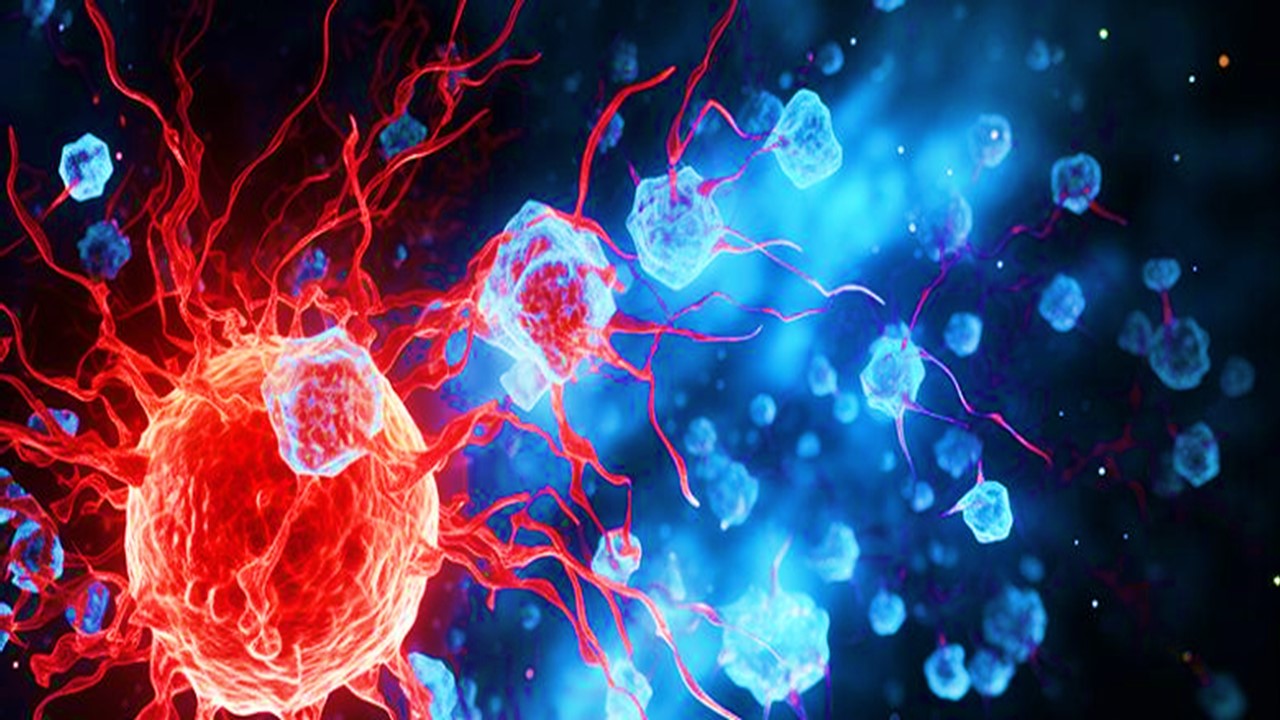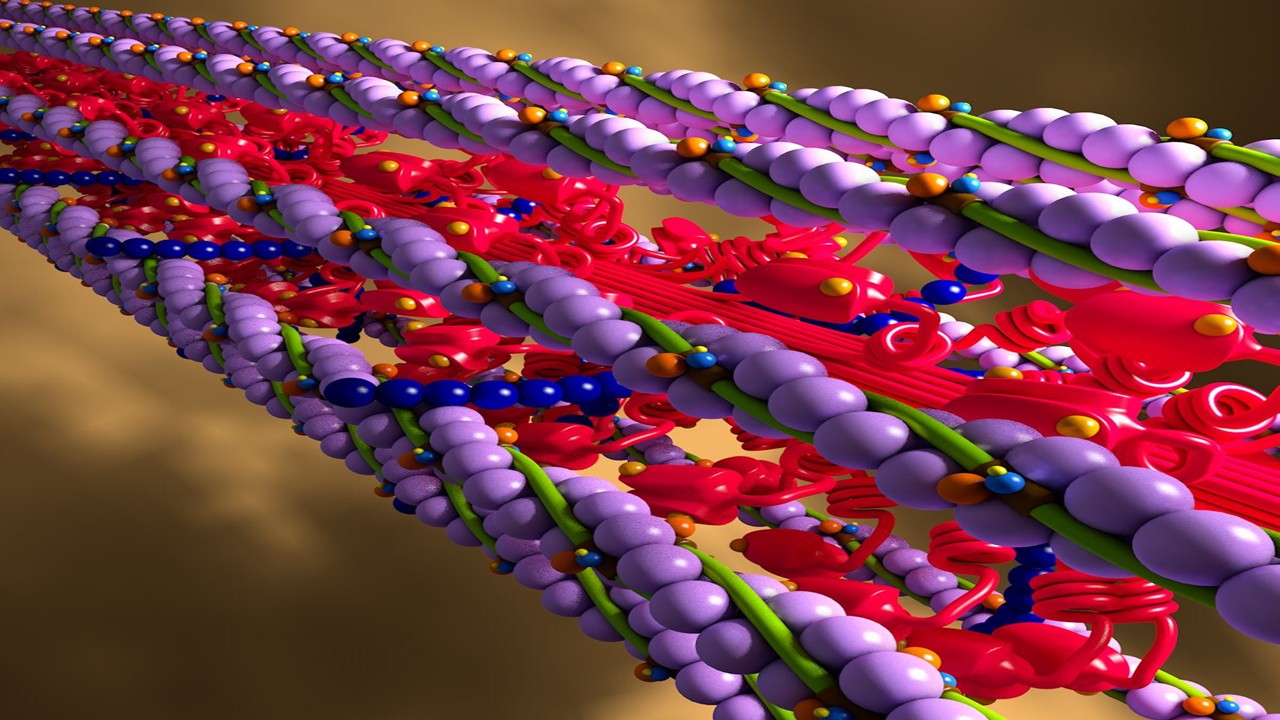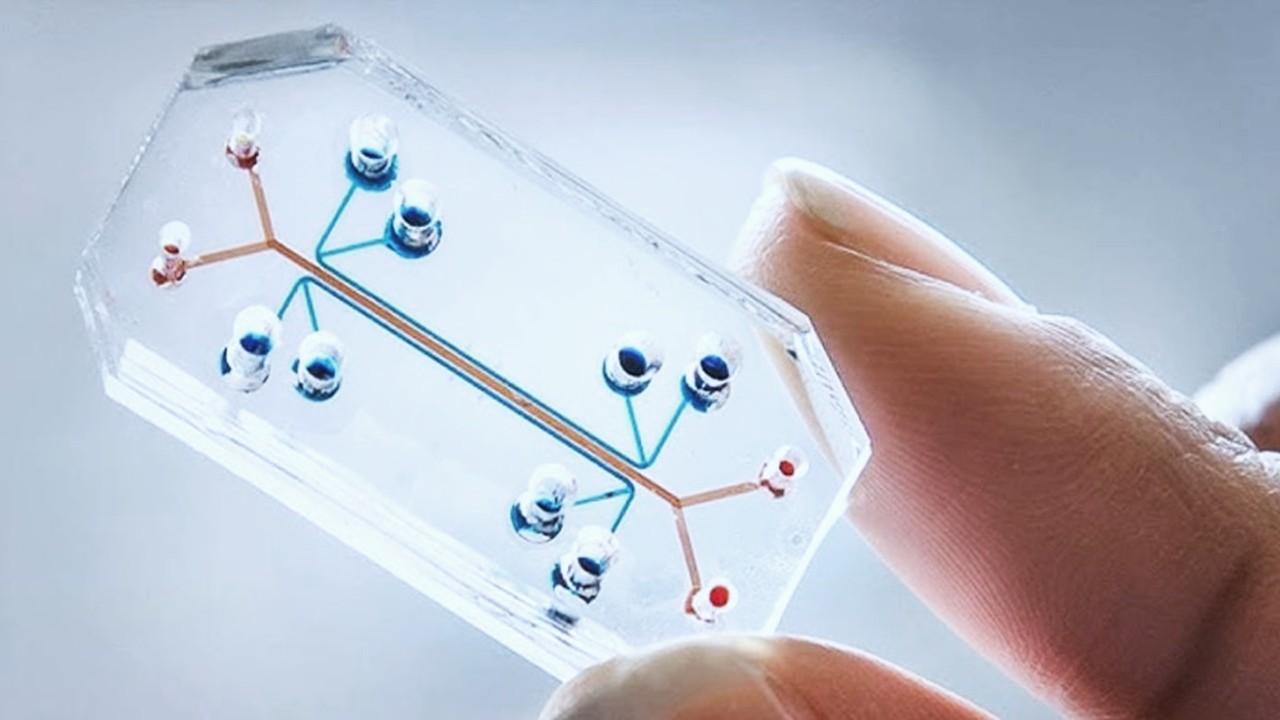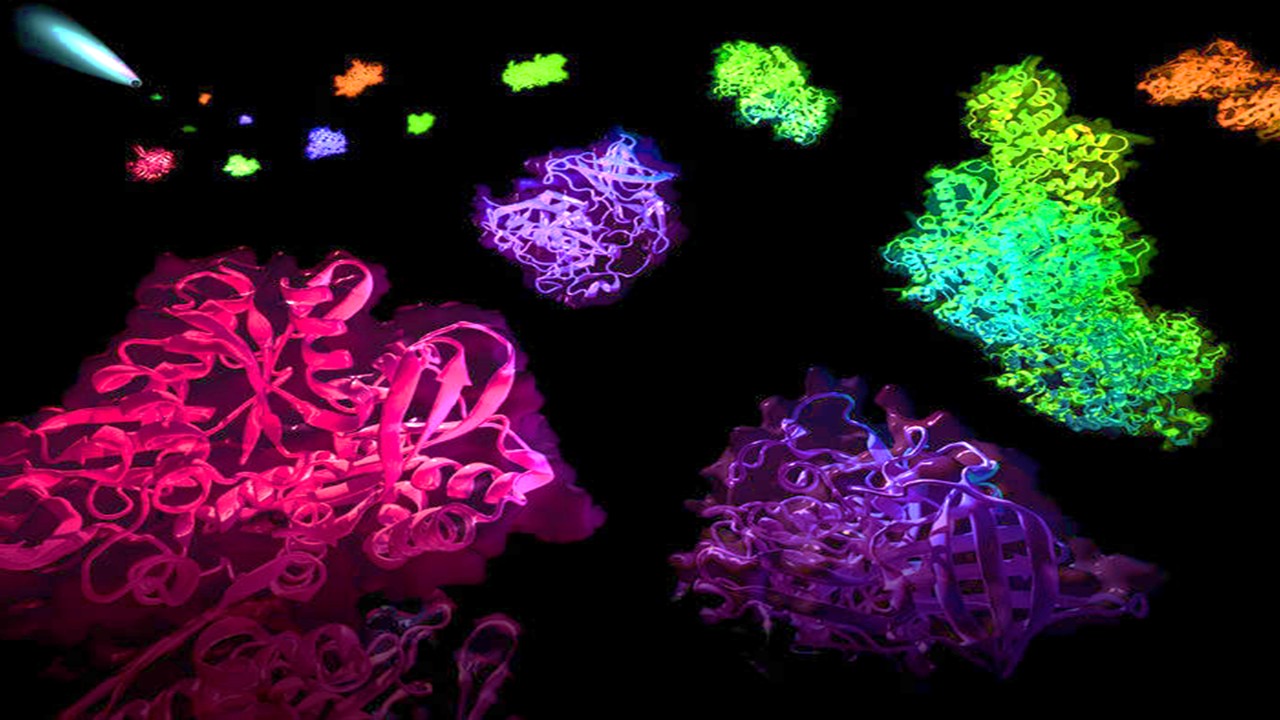Sometimes, the drive you need must come from yourself. According to recent research, immune cells that fight cancer have discovered a way to do just that. T cells can activate themselves and strengthen their attack on tumors, according to a stunning discovery revealed by researchers at the University of California, San Diego. This ground-breaking work, which was published in Immunity, has important ramifications for the creation of brand-new anti-tumor treatments.
The Inner Workings of T Cells
T cells, a type of white blood cell crucial for fighting infections and cancer, undergo training in lymph organs. Antigen-presenting cells play a vital role in this process by presenting antigens, which stimulate an immune response in T cells. The binding of B7, a protein found on the surface of antigen-presenting cells, to CD28, a receptor on T cells, serves as a key driver for the T cell immune response. Once trained, T cells venture out of lymph organs, journeying throughout the body to locate and eliminate their targets.
Revealing a New Phenomenon
Recent research has uncovered a previously unknown behavior of T cells: they can either produce their own B7 protein or acquire it from antigen-presenting cells and carry it along with them. However, the purpose behind this behavior has remained elusive. Intrigued by this phenomenon, the researchers embarked on a quest to determine if T cells, armed with both the receptor and its ligand, could activate themselves.
Puckering the Cell Membrane
The UCSD team discovered an astounding process by which T cells self-activate through a series of painstaking studies. The B7 protein and CD28 receptor are more easily bound by T cells because of the way their cell membrane has invaded, generating inward puckers. The membrane resembles a complicated coastline with multiple coves and bays rather than being a flat surface. Local membrane curvatures play a critical role in T cell auto-signaling, a finding that challenges the widely held belief that signaling exclusively takes place between cells.
Empowering T Cell Function
The effectiveness of this self reinforcement mechanism in improving T cell function and reducing tumor growth in a mouse model of cancer was further demonstrated by the researchers. The T cells bring their own signals to support their travel in a tumor environment, like a hiker taking refreshments to keep them going throughout a long hike. What interests scientists right now is the question of how much further T cells can advance with increased nutrition.
Fostering T Cell Resilience
Options for replenishing T cells include increasing the presence of B7 sources in lymph organs or the tumor itself. A promising alternative is the creation of cell treatments using modified T cells with improved auto-signaling abilities. Patients’ anti-tumor responses could be boosted by giving them access to these energized T cells.
A Window into Cancer Biomarkers
According to the researchers, this T cell auto-stimulatory mechanism might be used as a cancer diagnostic. Patients with tumors rich in B7-equipped T cells may be more effective in battling illness. Such information could help inform prognoses and treatment choices, enabling a more tailored approach to oncotherapeutics.
Fine-Tuning the Immune Response
On the other hand, blocking endocytosis might prevent the development of cell membrane concavities in people with autoimmune illnesses like lupus or multiple sclerosis. The overwhelming immunological reaction could be reduced, perhaps easing the symptoms of various illnesses, by limiting the B7:CD28 interaction and lowering hyperactive T cell performance.
Unlocking the Clinical Potential
It was found out that T cells exhibit the ability to reside beyond their typical habitats and thrive within the unfamiliar terrain of a tumor. This breakthrough finding has paved the way for the development of clinical approaches aimed at modulating these pathways to effectively manage diseases, as co-senior study author Enfu Hui elucidates. This groundbreaking study offers a novel understanding of T cell behavior and opens new avenues for targeted therapeutic interventions.
Conclusion
The discovery of T cell self-activation through cis-B7:CD28 interactions at invaginated synaptic membranes provides invaluable insights into the realm of anti-tumor immunity. By unraveling this extraordinary mechanism, the UCSD scientists have illuminated new therapeutic possibilities for enhancing T cell function and bolstering anti-tumor responses. This knowledge paves the way for the development of innovative strategies, including cell-based therapies and personalized medicine, enabling us to harness the power of the immune system in the ongoing battle against cancer.
Study DOI: 10.1016/j.immuni.2023.04.005
Subscribe
to get our
LATEST NEWS
Related Posts

Immunology & Oncology
The Silent Guardian: How GAS1 Shapes the Landscape of Metastatic Melanoma
GAS1’s discovery represents a beacon of hope in the fight against metastatic disease.
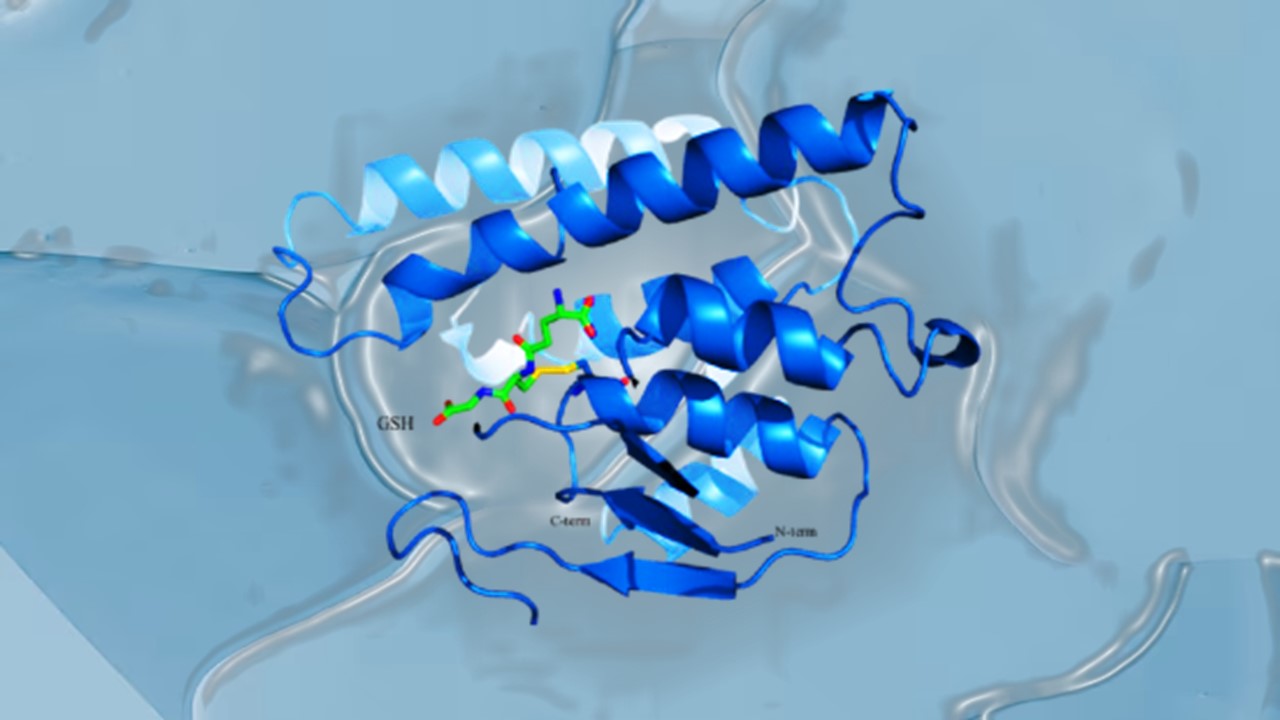
Immunology & Oncology
Resistance Mechanisms Unveiled: The Role of Glutathione S-Transferase in Cancer Therapy Failures
Understanding this dual role of GSTs as both protectors and accomplices to malignancies is central to tackling drug resistance.
Read More Articles
Myosin’s Molecular Toggle: How Dimerization of the Globular Tail Domain Controls the Motor Function of Myo5a
Myo5a exists in either an inhibited, triangulated rest or an extended, motile activation, each conformation dictated by the interplay between the GTD and its surroundings.
Designing Better Sugar Stoppers: Engineering Selective α-Glucosidase Inhibitors via Fragment-Based Dynamic Chemistry
One of the most pressing challenges in anti-diabetic therapy is reducing the unpleasant and often debilitating gastrointestinal side effects that accompany α-amylase inhibition.





